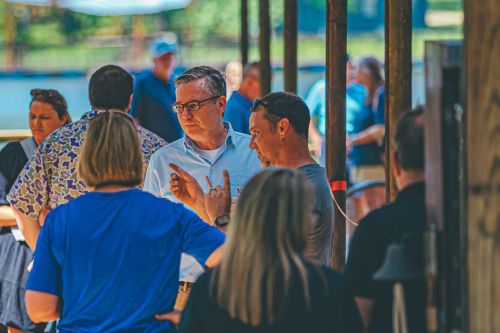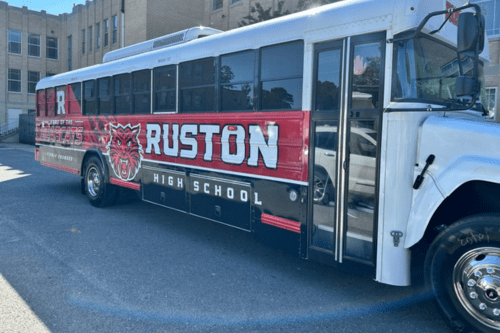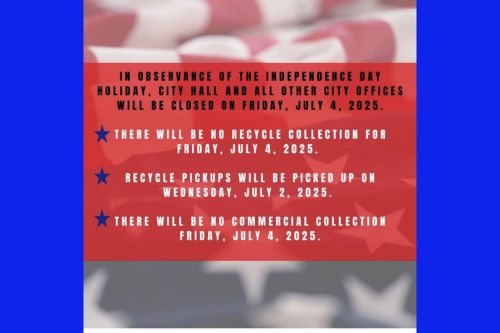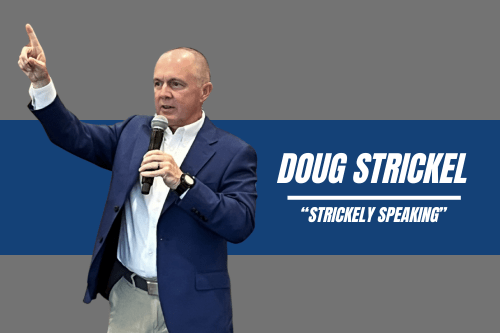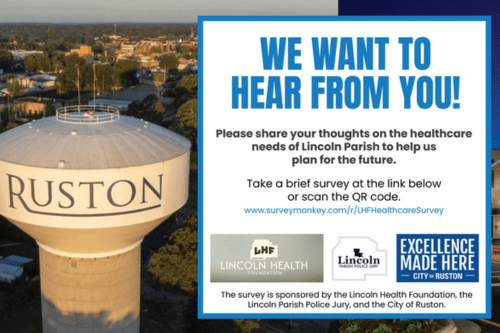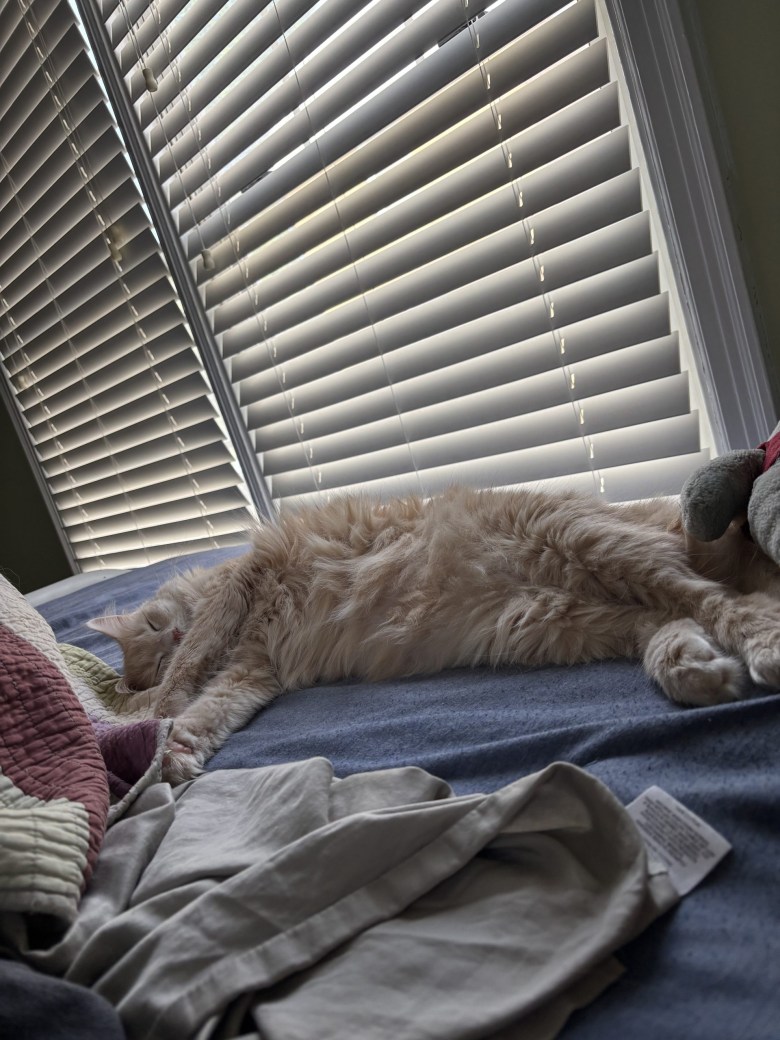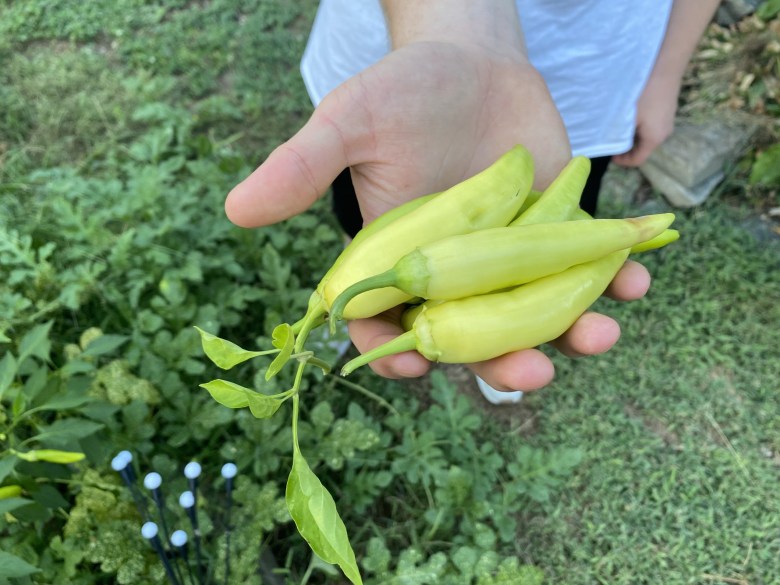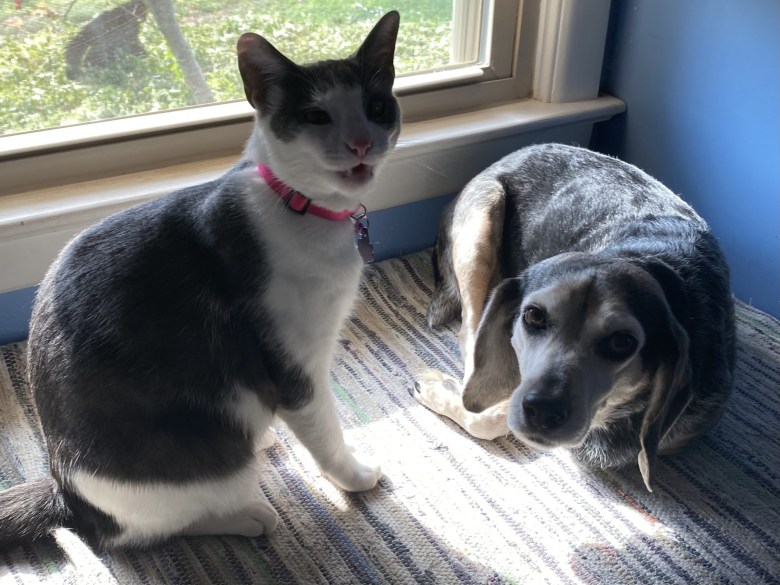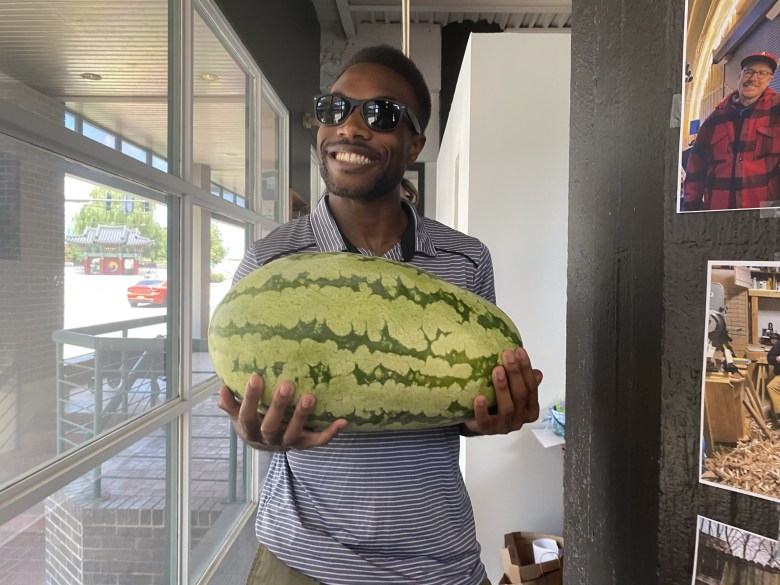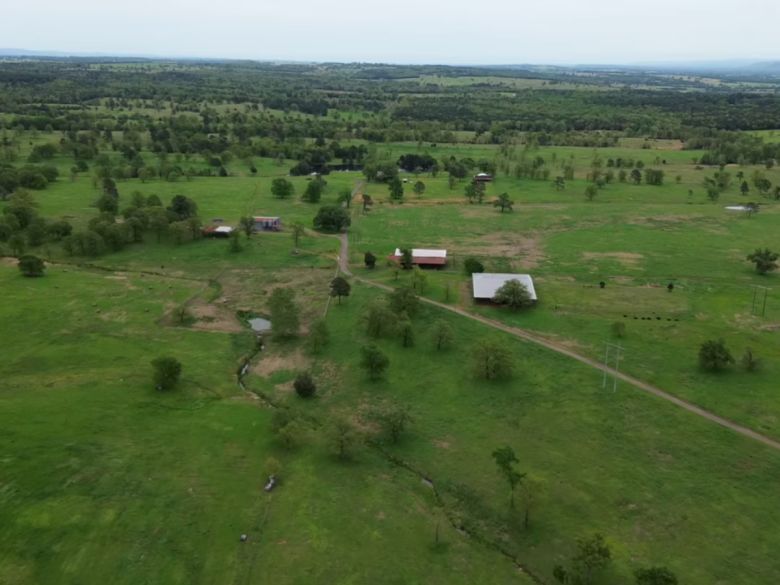by Malcolm Butler
What started as an innocent conversation between neighbors almost two decades ago turned into one of the most impactful, meaningful, fulfilling partnerships that Lincoln Parish has ever seen.
Ruston residents Caleb Seney and Karl Puljak lived near each other years ago, and one day they bumped into one another.
Seney, Executive Director of MedCamps of Louisiana, had recently returned from a trip to Little Rock, Arkansas, where he toured Camp Aldersgate, a camp for special needs children.
“Camp Aldersgate had a partnership with the University of Arkansas School of Design,” said Seney. “They had built a tree house and an archery range for Camp Aldersgate. It was wild.
“I thought it was really cool, and I immediately thought about the architecture school at Tech. I wondered if we could do the same thing.”
Seney was talking to the right man about this idea.
Puljak – now the Dean of the College of Liberal Arts at Louisiana Tech – was a professor in the Tech School of Architecture (now School of Design) and had started the Architecture 335 Design Build Studio program in 2000.
“As a young faculty member (at Louisiana Tech), it seemed like there were some real opportunities for our students to help our community,” said Puljak. “I wanted to really teach the students how to build something while collaborating with a partner.
“We wanted to give our students the idea and understanding of how important the service of what architecture is not only to the client but to the community. By doing that you become a better citizen. You become engaged in the life of the place where you live.”
During those early years of design build, Tech students completed projects at Railroad Park, IA Lewis, Lincoln Parish Park, the Outdoor Wilderness Learning (OWL) Center as well as a few other places.
At the time of the conversation, the build design program was partnering with Habitat for Humanity – a partnership that would last for eight years.
“Caleb had an idea, and I thought it sounded really good,” said Puljak. “But at that time, MedCamps was still working on some things when it came to taking occupation of the property, and we still had projects that we wanted to finish with Habitat for Humanity.”
Both parties agreed the timing was not quite right.
“Karl told me he would keep us on his radar for future opportunities,” said Seney.
Enter Brad Deal.
Deal was one of Puljak’s students in one of the very first design build classes. After graduating from Tech in 2003, Deal and his wife moved to Texas where he earned his master’s degree from UT Austin and began a family.
He would spend 10 years in Texas before receiving a phone call from his old professor.
“Karl said he would love for me to come back and teach here, and if I did, the design build program needed its next person to lead it,” said Deal.
After getting the okay from his wife, Deal loaded his wife and son up in 2012 and moved back to Ruston (with child No. 2 on the way).
“I knew Brad as a student,” said Puljak. “He was intense and passionate and hardworking and relentless. I knew he would be a great teacher, role model and mentor for these students.”
His first year back in north Louisiana saw Deal and his design build students complete the eight-year partnership with Habitat for Humanity. So, what would be next for the program?
“Karl contacted me and said he thought it was time for us to start working together,” remembers Seney.
According to Seney, Camp Alabama – the home site for MedCamps of Louisiana – was in desperate need of new life. He hoped this opportunity to partner with Tech’s design build program would help fulfill that need.
Seney provided the grand tour to Puljak, Deal and former Tech professor Robert Brooks, talking about what his vision was and asking for feedback from the experts.
“We just walked around camp, and I started identifying needs,” said Seney. “So many projects were talked about in that initial walk through.”
“We took a tour of Camp Alabama and saw tons of opportunities where we could help,” said Deal. “They had great needs. It just looked like a wonderful opportunity for a partnership.
“The theme for that first year was Go Big or Go Home. Both sides decided we were going to be all in and try to do a project in one quarter.”
With a budget of just $30,000 available, Deal and Brooks and the Architecture 335 class began work on the task before them.
The inaugural design build project was Larkin Gibbs Memorial Pavilion & Gardens, a daily meeting area for the campers and one of the front-facing facilities for the footprint of the camp.
In just one quarter, a class of 24 students and two professors designed and built what Seney calls “the most impactful” project ever at MedCamps of Louisiana.
“Seeing something new at Camp Alabama breathed life back into it,” said Seney. “It fueled everything else we did. Things just took off. It opened a lot of doors for design build. It opened a lot of doors for MedCamps.”
Deal agreed.
“Gibbs Pavilion was such a massive success,” said Deal, whose team utilized reclaimed materials such as drill stem and sucker rod for the project. “We didn’t know it at the time. We just put our heads down and worked towards getting it done. We worked our hearts out … the students, Robert, and me. We did not know any better.”
Gibbs Memorial Pavilion was the first of 11 projects that the Louisiana Tech School of Design has completed at MedCamps over the past 12 years. Camp Alabama has seen additions ranging from an archery and paintball range to an amphitheater to a treehouse and zip line to paddle boat launches.
Covid shut down the construction of the 2020 project: the Mosaic Art Cabin. However, the 2022 design build class redesigned it and completed it.
According to Deal, each student invests approximately 700 hours over two quarters from start to finish. So a class of 25 students would spend a total of over 17,000 hours working on an individual project.
So, who is the biggest winner in this more than decade-long relationship?
“This has been a win-win-win situation,” said Puljak. “I do not think there has been anything that our school has done … that the architecture program has done … that tops this in terms of how many benefits come from it. Those (design build) students form an incredible bond that remains well after they have graduated.”
“It really is win-win,” said Deal. “We get experience and recognition for it. Caleb gets movement and motivation on the fundraising side. And the campers get the joy and the benefit of the projects.
“Architects are inherently optimistic. They see how the world is, and they think of how they can make it better. That is what we are doing here.
“I get teared up thinking about it. When I approach our (design build) students with this, it is all the motivation they need. They are ready to go to work to make something magical happen.”
Kendell Webb was a design build student and part of the Arch 355 class that designed and constructed the Chiasmus Archery and Paintball Range in 2015.
Webb, who is now back at Louisiana Tech as a professor and helped with this year’s project – the Captain’s Launch – knows firsthand what it means to be a part of the partnership with MedCamps.
“Going into such an endeavor knowing that the end user is a child with disabilities made all of the very low lows that much more worth it,” said Webb. “And then getting to see the kids interact with the projects and see the joy they get in doing something they’ve never been physically able to do showed the impact that I as a student made but also the impact that good architecture could have.”
As much as the Tech design build students gain from the experience … so do they professors who have worked on these along the way.
“Alot of the things that we get to experience every day, we take for granted,” said Brooks. “But when you put yourself in the mindset of a camper, you realize that they are getting to come to summer camp like all the other kids. It is an emotional and powerful thing.”
Many of these projects earned state awards.
“Sometimes when you are doing this in your own back yard, you know the work is good,” said Puljak. “But sometimes you are so focused on what the next project is that you don’t put things into perspective. To get people from the outside recognizing how impactful these projects are … they are design award-winning projects competing against professional architects in the state.”
The facelift provided by the projects also had a major influence on fundraising for the non-profit organization that hosts an average of 500 special needs campers each summer.
“These projects have inspired everything else we have at camp,” said Seney. “That was the fuel. The motivation that came with learning about these projects and seeing them being built inspired the (MedCamps) Board to renovate the dining hall.
“We put up a $550,000 investment into that dining hall. Then we redid the pool house. That was a $450,000 investment. All of this fed off the impact of the design build projects. It inspires people to give to MedCamps.”
That inspiration pulls both ways.
“It’s been transformative for MedCamps and for our (Design Build) students,” said Puljak. “It’s so powerful.”
“We are trying to instill the sense of service to these students and a sense of being genuinely motivated by who and what you are working for,” said Deal. “You find something you believe in and work hard at it. That formula allows the students to get a lot out of it.”
The smile on the campers’ faces and the laughter that echoes from the pine tree-covered geographic footprint of MedCamps of Louisiana every summer is proof that the projects achieved those goals.
“Robert used to always say, ‘You may never get to do another project where the goal and the mission are simple, pure joy,’” said Deal.
_____________________________________
